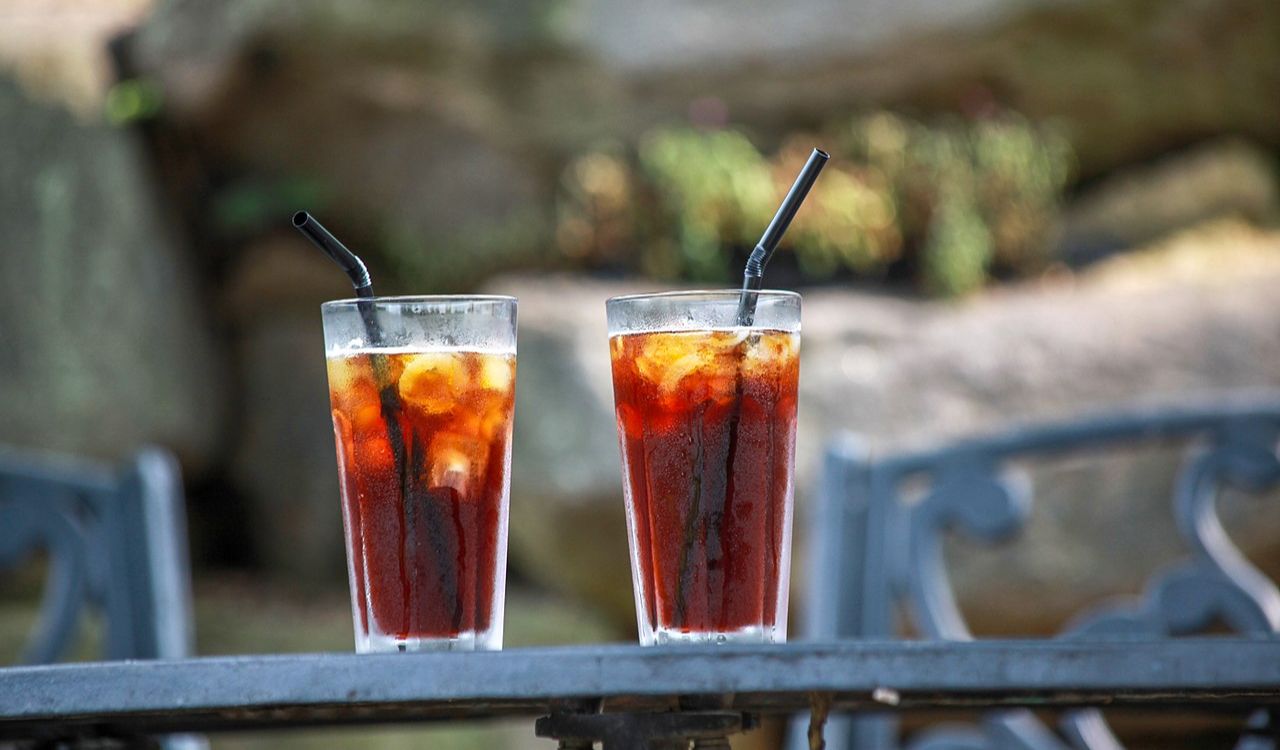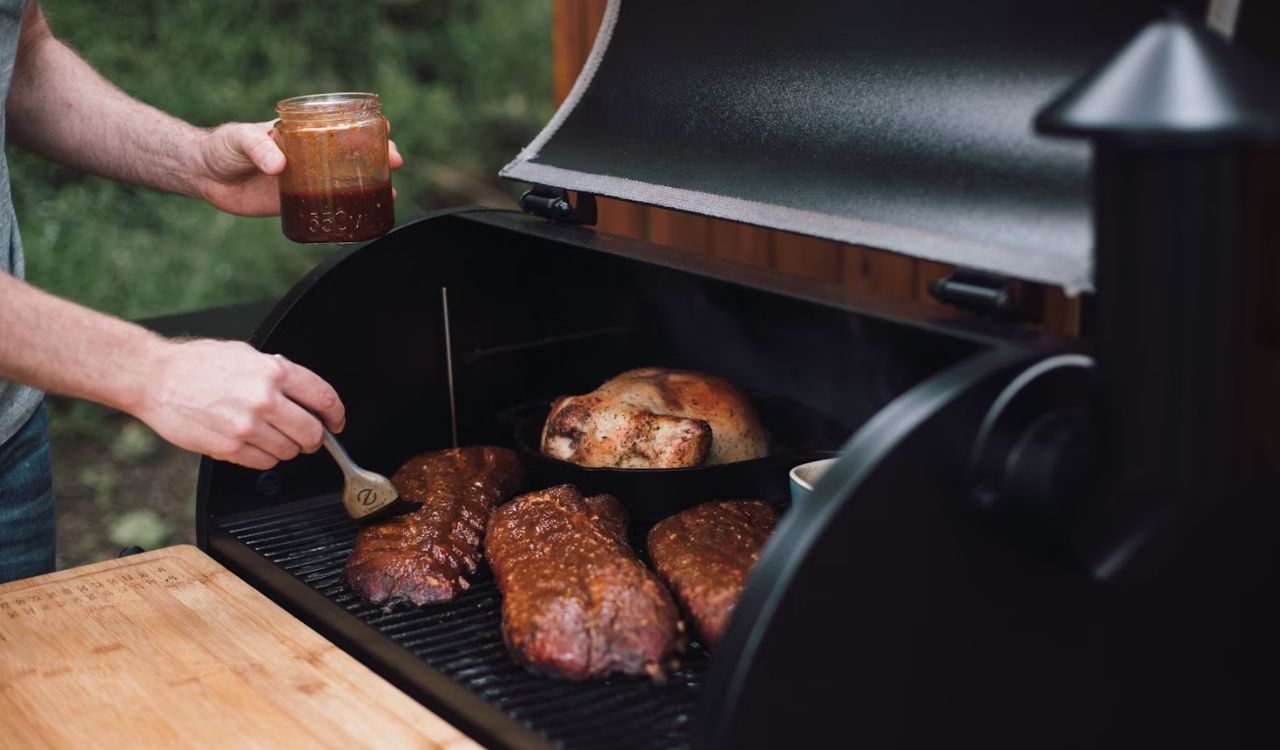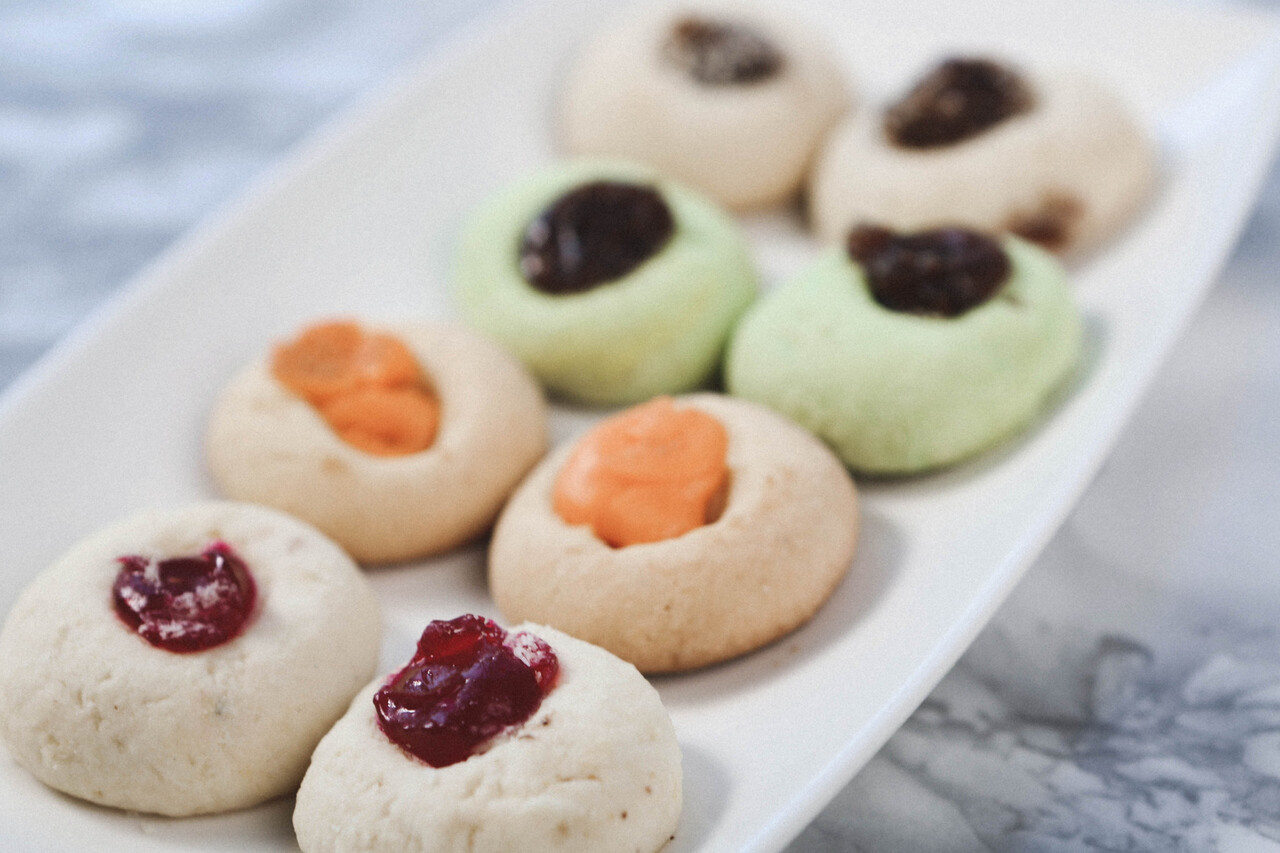10 Fast Food Tricks Customers Noticed Right Away
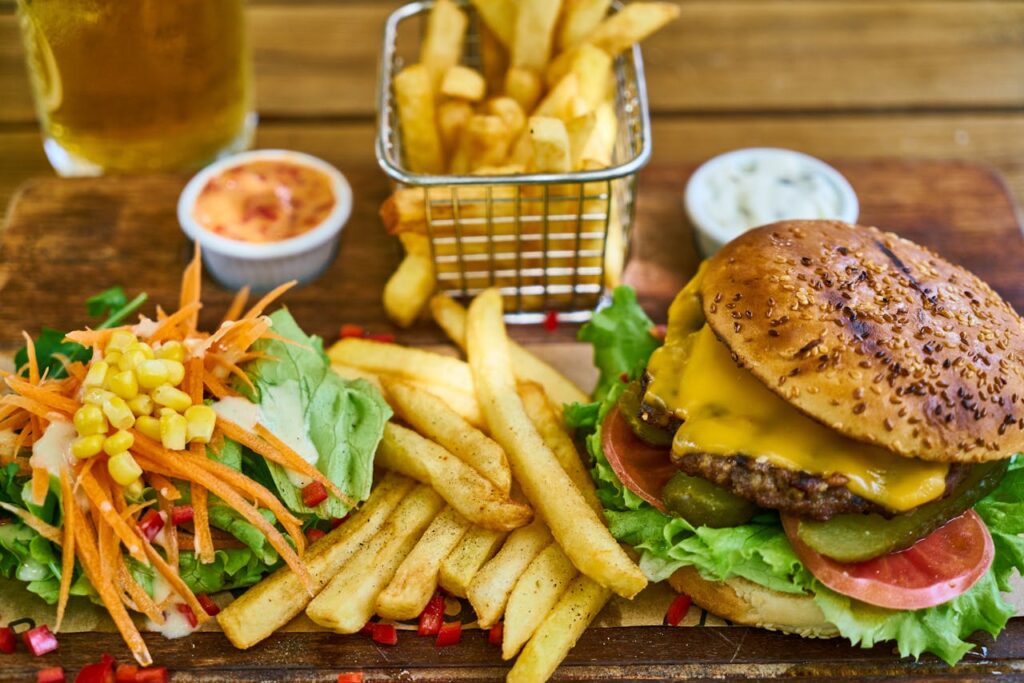
You’ve probably noticed something feels different about your favorite fast food lately. The fries are smaller, the cups are lighter, or that “combo deal” doesn’t stretch as far as it used to. Fast food chains have quietly mastered ways to tweak perception, portion, and pricing all while keeping customers hooked. But here’s the thing: diners are paying attention now. From sneaky packaging shifts to illusion-based marketing, here are ten tricks customers have spotted right away.
1. Shrinking Portion Sizes Without Lower Prices
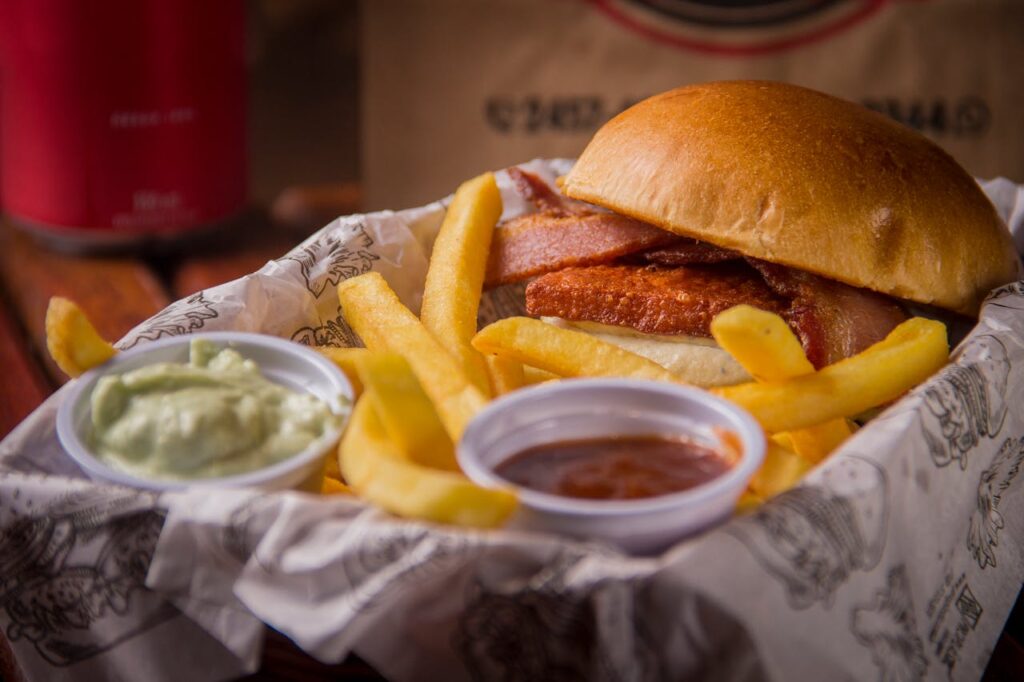
Customers quickly caught on when their “medium” fries suddenly looked more like a small. Many fast food brands reduced portion sizes to offset higher ingredient costs while keeping prices the same. Some even switched to narrower containers that make servings look fuller than they are. You end up thinking you’re getting the same deal as before, but the calorie count and the value has quietly dropped. Social media photos comparing old and new sizes made this one impossible to ignore.
2. Extra Ice to Make Drinks Look Fuller
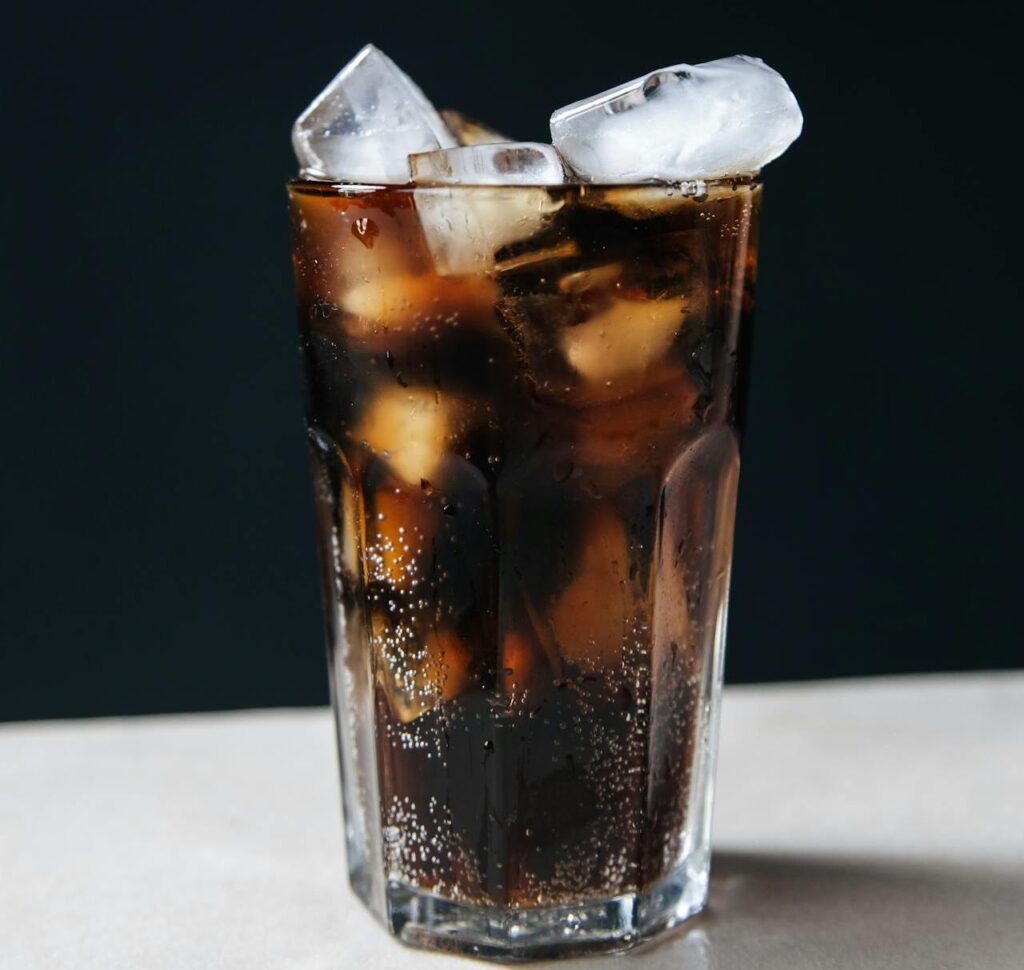
Adding more ice than necessary is one of the oldest tricks in the book, but lately, it’s gotten bolder. People noticed that a large soda filled mostly with ice leaves barely half a cup of actual drink once it melts. Some chains now charge extra if you ask for “no ice,” which proves how much they rely on it to stretch servings. Customers started testing it by pouring drinks into measuring cups, and the results went viral for showing how little liquid they were actually getting.
3. Clever Menu Design That Nudges You to Spend More
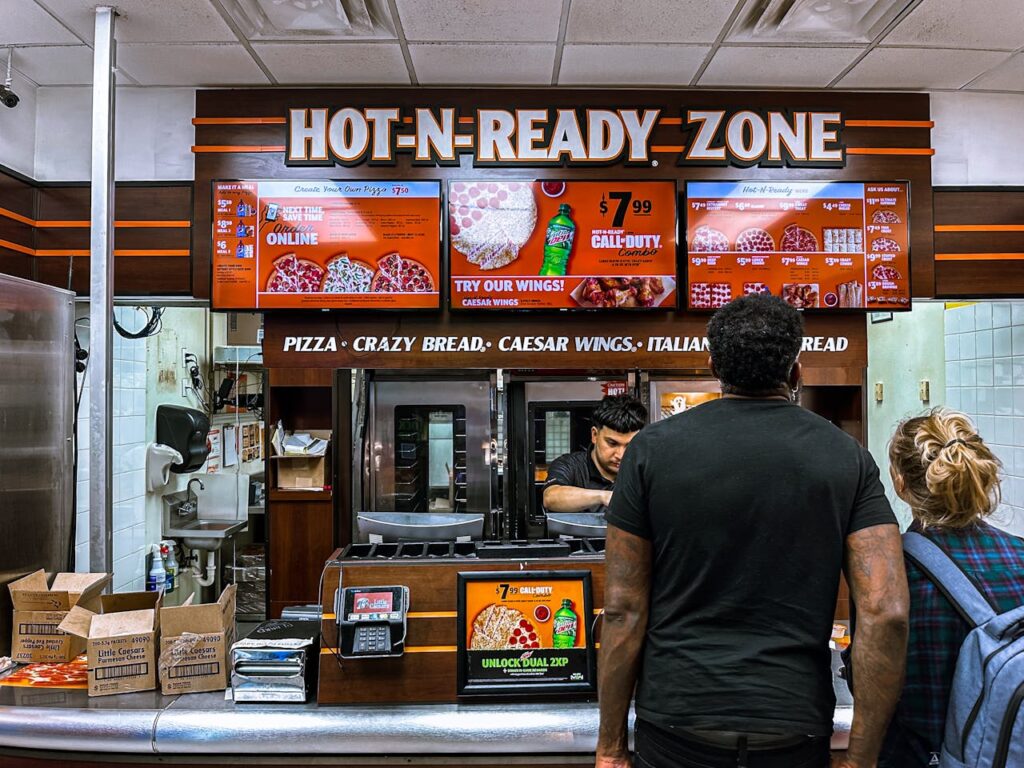
Fast food menus are no accident. Chains highlight high-profit items with bold colors or prime placement while burying cheaper options in smaller text or low corners. Customers have noticed that “value meals” often cost more than ordering items separately. It’s all about subtle influence: you think you’re picking freely, but your eyes were guided from the start. Once people realized how the layout was designed to steer decisions, many started scanning menus more carefully before ordering.
4. Rebranding “Small” as “Value” or “Snack”

Some chains didn’t cut sizes-they just renamed them. What used to be a small now appears as a “snack” or “value” size, making it sound intentional instead of reduced. The shift plays on your sense of choice, even though the portion is smaller. Customers noticed when calorie counts and serving weights didn’t match what they remembered. This rebranding trick works because it softens the impact of shrinkflation, but it’s not fooling as many people anymore.
5. Price Increases Hidden Behind Combo “Deals”
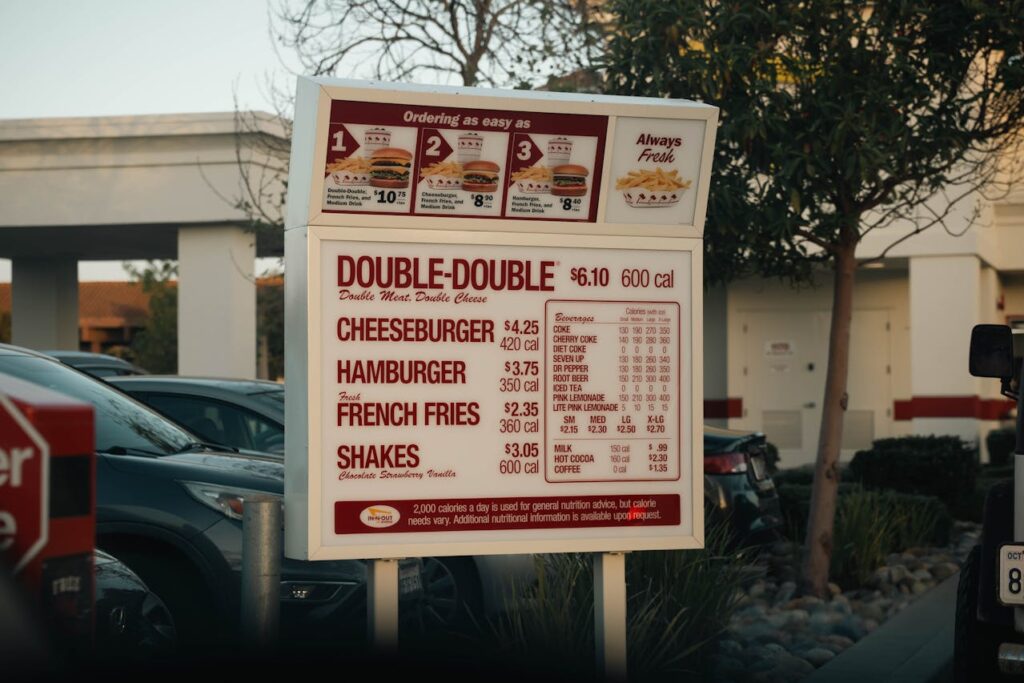
A combo meal sounds like a deal until you break down the math. Customers have started noticing that buying items individually sometimes costs less than the advertised combo. Chains quietly increase combo prices while keeping base items the same, banking on the assumption that you won’t bother calculating. It’s an easy way to nudge you toward spending a little more under the illusion of savings. Many diners now post receipts online to warn others before they order.
6. Overly Bright Food Photos That Don’t Match Reality
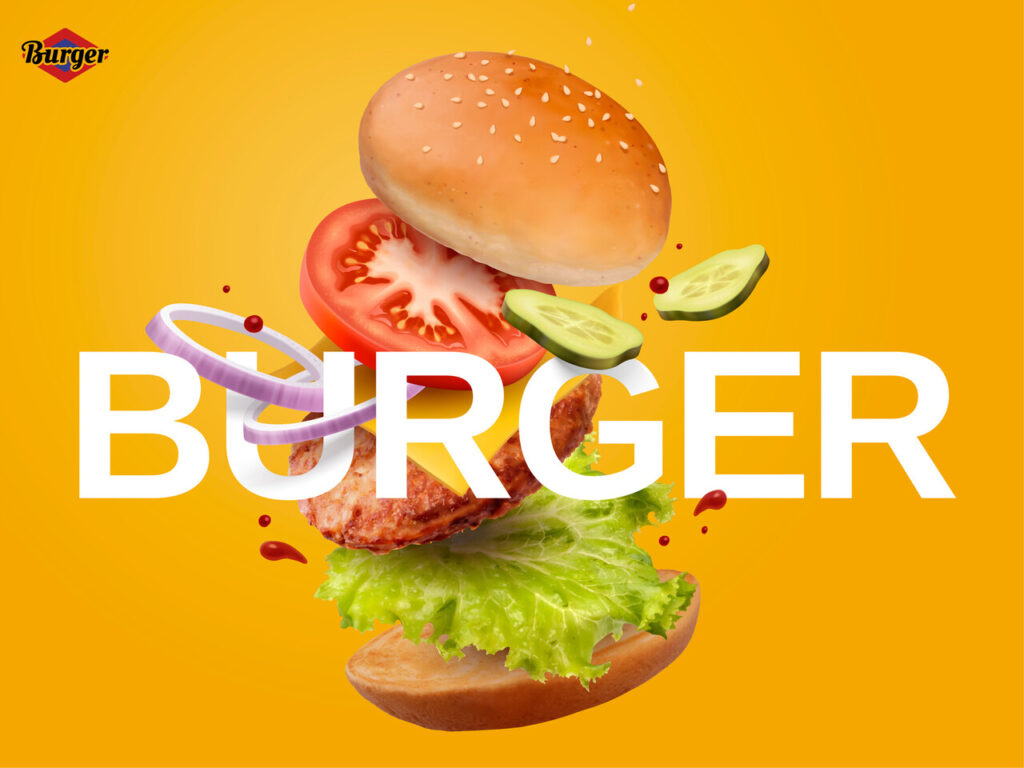
You’ve seen those glossy burger shots that look nothing like what lands in your bag. Customers have become more vocal about “food styling” exaggerations, especially as online delivery photos set unrealistic expectations. People now compare real orders with ad images, calling out major differences in portion, freshness, or presentation. Fast food chains defend it as “marketing,” but customers argue that honesty matters more than a perfectly melted slice of cheese on a fake bun.
7. Menu Boards That Hide Actual Calorie Counts
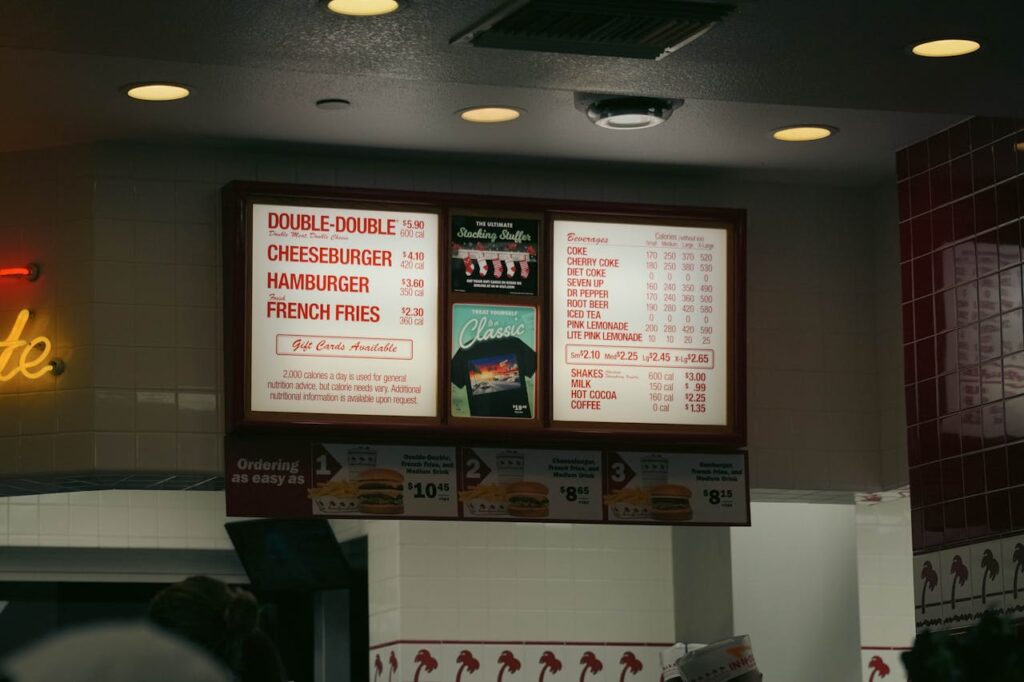
When calorie laws required transparency, some chains tucked those numbers in hard-to-spot spots-tiny fonts or pale text colors that blend into the background. Customers quickly noticed and called it out online. It’s a subtle way to technically follow the law while discouraging you from paying attention. Some fast food places even use digital boards that flash calorie counts only briefly. Consumers now rely on apps or websites to check accurate nutrition info before deciding.
8. Smaller Napkins and Thinner Cups to Cut Costs

It’s not just food portions getting smaller. Customers noticed that napkins, straws, and cups started feeling flimsier. Some stores even stopped placing napkins on tables to reduce use. While chains explain it as “sustainability,” the timing often aligns with cost-cutting measures. These material downgrades save money across millions of locations but don’t go unnoticed by regular customers who remember sturdier, fuller packaging from just a few years ago.
9. Drive-Thru Timing Tricks to Boost Speed Metrics

Customers have picked up on how drive-thru attendants sometimes rush orders or ask you to park temporarily so the timer resets. It’s all about meeting corporate speed goals. While you wait in a parking spot for your order, the system counts it as “served.” Diners caught on after noticing inconsistencies between wait time and service reports. It’s not about your convenience; it’s about hitting internal numbers that make the store look faster on paper.
10. Limited-Time Offers That Keep Returning
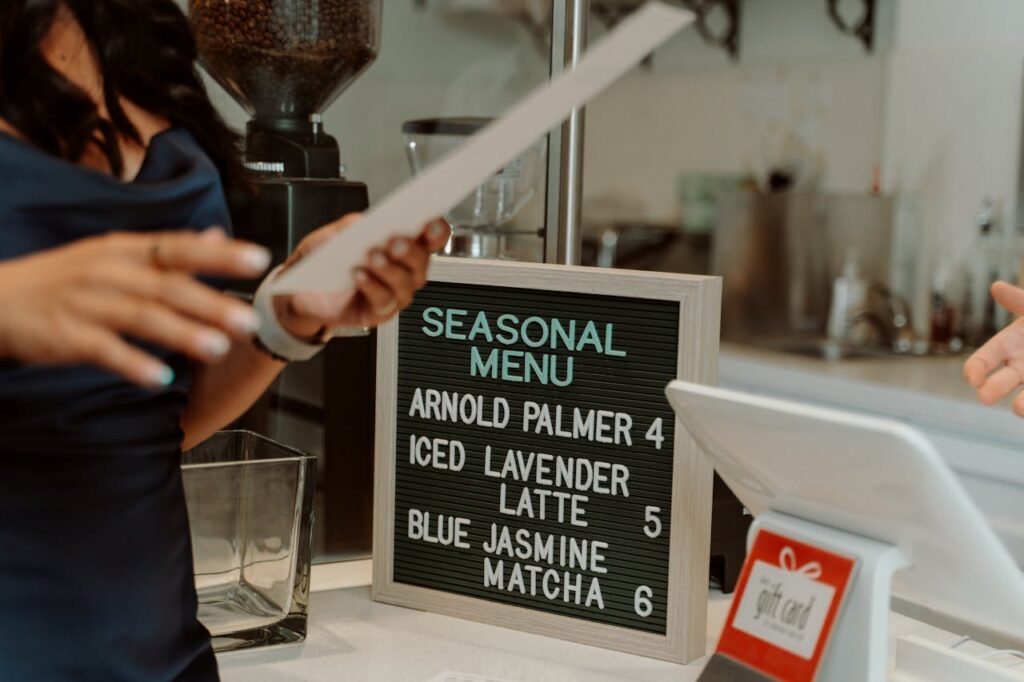
“Limited-time only” used to mean special, but now it’s more of a marketing loop. Customers realized that popular seasonal items return almost every year under the same hype. It’s a smart way to spark urgency and repeat buzz without introducing anything new. The trick works because it taps into nostalgia and scarcity, but frequent customers now treat it as routine rather than rare. The illusion of exclusivity doesn’t hold up when the same “limited” product keeps coming back.


